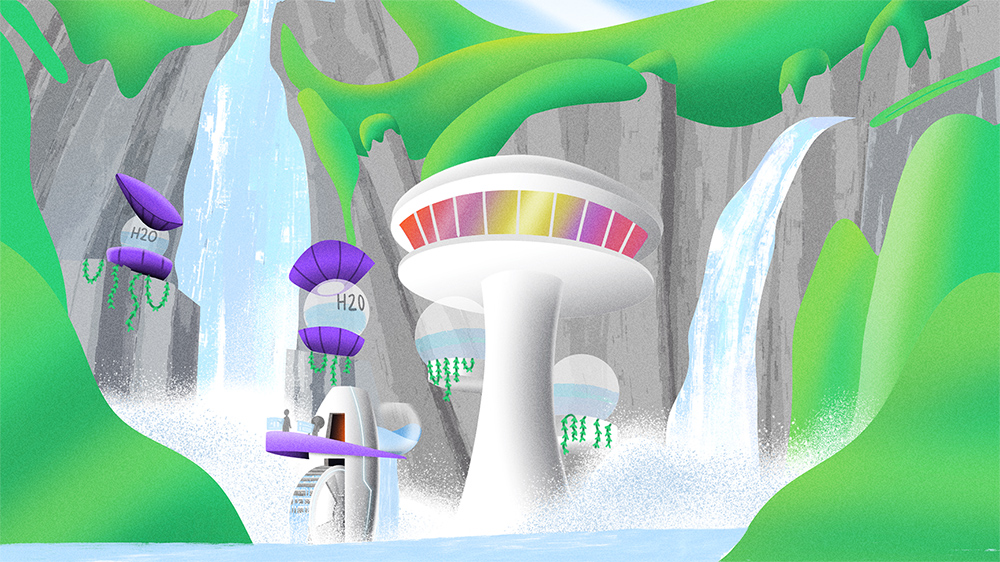Lesson 8
XRPL and sustainability
Global payments and more without causing global warming

It’s no secret that the blockchain industry has historically faced issues around sustainability. In fact, some blockchains consume as much energy as entire countries.
The XRP ledger (XRPL) is committed to being a sustainable and eco-friendly blockchain that doesn’t sacrifice security, decentralization, or scalability in the process. It is the world’s first major global carbon-neutral public blockchain.
What makes the XRPL sustainable?
XRPL’s unique consensus mechanism doesn’t require mining to settle transactions. The negligible amount of energy it does consume is then offset with carbon credits through EW Zero, an open-source tool that allows any blockchain to decarbonize by purchasing renewable energy from local carbon markets across the world.
How can developers connect and contribute?
If sustainability, security, and decentralization are important to you, you’re invited to join the XRPL community in its quest to build a better world. Here are some ways to get involved:
- Check out the XRPL dev blog to stay up-to-date on the latest innovations and developments in the XRPL community.
- Attend meetups, hackathons, and conferences to meet other members of the community.
- View the Github repositories to find projects to see how you can contribute.
- Join the conversation on social media using #XRPLCommunity.
